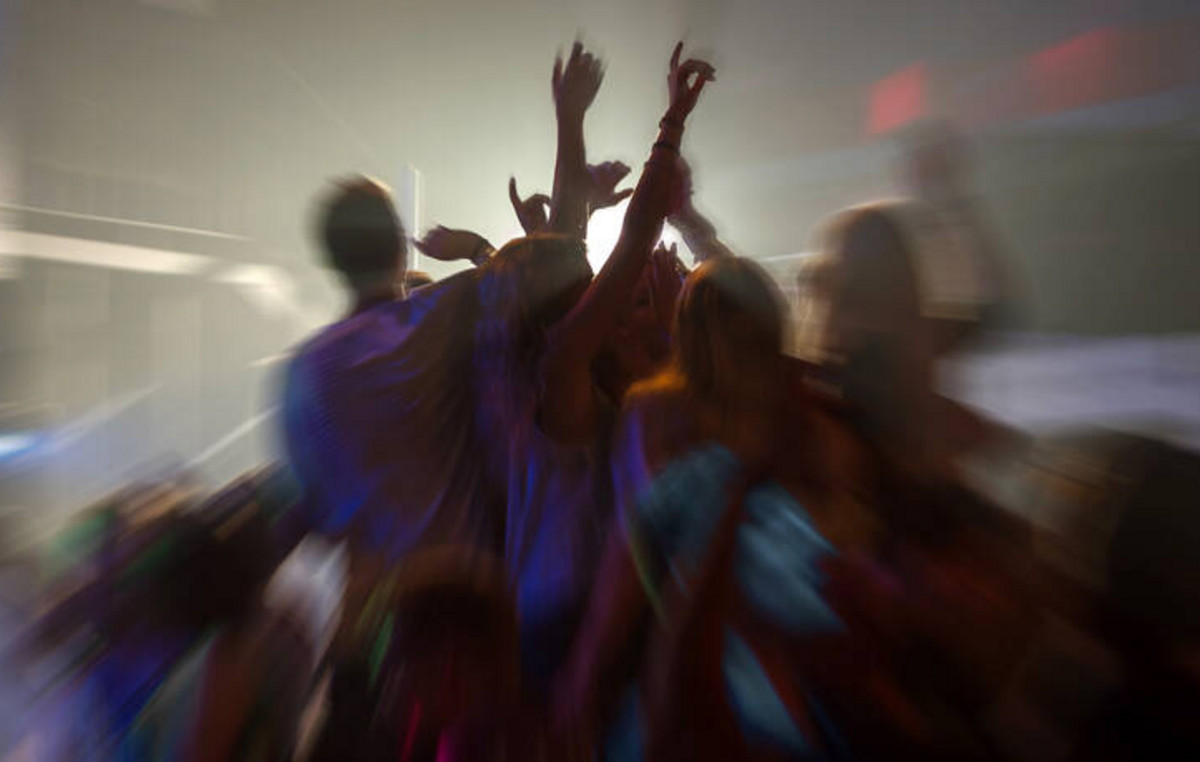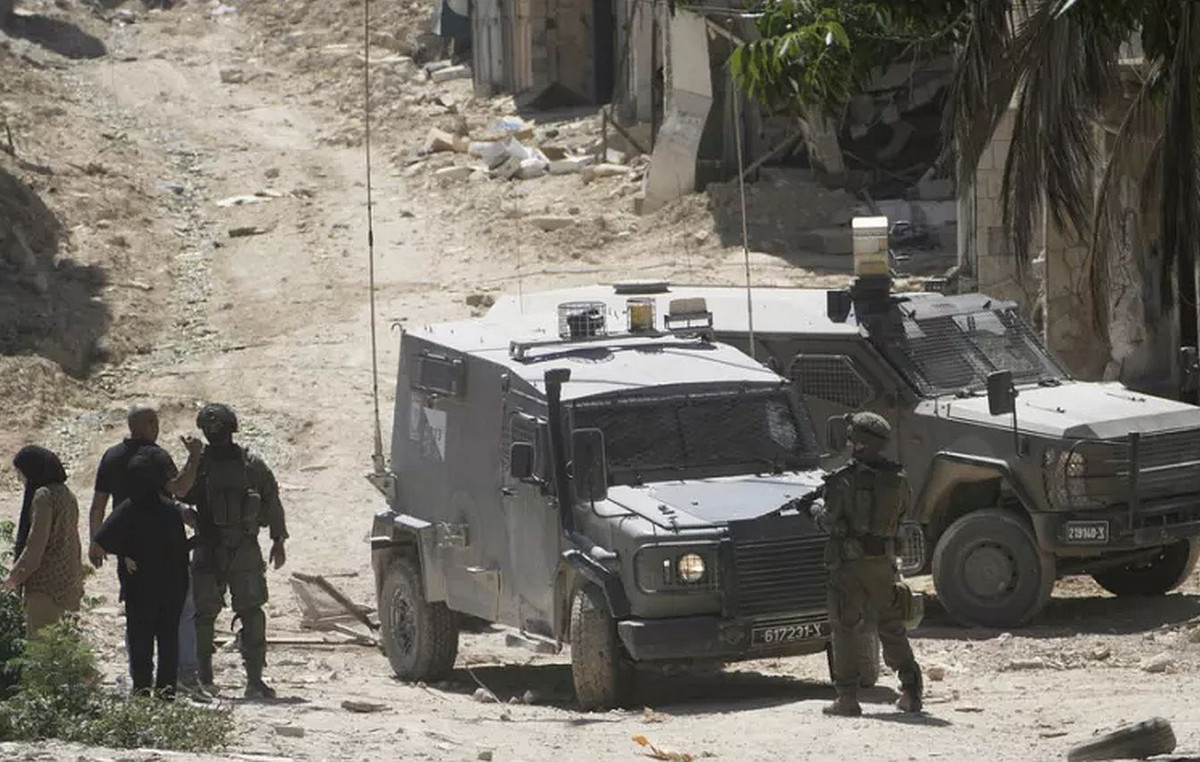Moroccan rescuers, now backed by teams from abroad, continue today in an increasingly desperate race against time to find survivors in the wreckage and provide aid to the hundreds of homeless people whose homes were reduced to piles of rubble, 48 hours and now after the earthquake he left behind over 2,100 dead.
Its principles Morocco announced last Sunday evening that they had responded positively, “at this stage”, to offers from four countries “to send search and rescue teams”. These are Spain, Britain, Qatar and the United Arab Emirates.
These groups will contact their counterparts in Morocco to coordinate efforts, he explained in a press release issued by the interior ministry.
Spain announced that it has already sent 86 rescuers to Morocco, accompanied by eight specially trained dogs, while a humanitarian flight took off last Sunday night from Qatar’s Al Udeid Air Base, an AFP journalist found.
And other offers may be accepted, depending on how “needs evolve,” the ministry added.
Several countries, from France to the US to Israel, have offered their help to Morocco after the devastating earthquake that killed at least 2,122 people and injured another 2,421, according to the latest official tally released yesterday by the interior ministry.
Awaiting the deployment of foreign search and rescue teams in the field, Moroccan authorities have begun setting up tents in the Upper Atlas, where villages were completely destroyed when the earthquake struck, as reported by Agence France-Presse and relayed by the Athens News Agency.
Apocalypse scene
Working together, volunteers and members of the armed forces are searching for survivors and trying to pull bodies from the debris, mainly in villages in the Al Houze province, the epicenter of the earthquake, south of the tourist city of Marrakesh in the central part of the kingdom.
In Ticht, a small village near Andasil, only a minaret and a handful of unpainted mud houses remained standing against an apocalyptic backdrop.
“Life is over here,” summed up resident Mohsin Axum, 33. “The village is dead.”
Not far away, members of the security forces dug graves for the victims, while others set up yellow tents for survivors who have been left homeless.
The earthquake happened on the night of Friday to Saturday. It had a magnitude of 7, according to the Moroccan Center for Scientific and Technical Research, 6.8 according to the US Geological Survey (USGS). In any case, it was the strongest ever recorded in Morocco.
In the face of the magnitude of the disaster, solidarity is beginning to be organized in Marrakesh, where many residents went to hospitals to donate blood.
“We are collecting food to help people in the earthquake-stricken areas,” said Ibrahim Nasit, a member of the Draw Smile organization, which plans to form a “medical caravan” to go to the hardest-hit areas.
“I believe that the food supplies collected today are enough to support a hundred families for a week,” added Abdellatif Razouki, vice president of the same organization.
“Big Rifts”
The Red Cross and Red Crescent warns that the next “24 to 48 hours will be critical” for the distribution of humanitarian aid and that there will be needs that will need to be met “for months, if not years”.
Apart from the human losses, beyond the leveled villages, the architectural heritage of the kingdom was also affected by the earthquake. In Marrakesh, in the medina, the old city, the devastation is terrifying in places.
12th-century ramparts at the boundaries of the imperial city, founded in 1070 by the Almoravid dynasty, were disfigured.
“We can say that (the damage) is much greater than one would expect. We found large cracks in its minaret [σ.σ. ισλαμικού τεμένους] El Quetziba [στα αραβικά, Κουτουμπιά στα γαλλικά]the most emblematic building, as well as the almost total destruction of the minaret of the Harbush Islamic Mosque,” in Jama el Fana square, said Eric Fall, regional director of UNESCO’s Maghreb office.
This earthquake is the deadliest in Morocco since the one that destroyed Agadir, in the western part of the country, on February 29, 1960. Almost 15,000 people – a third of the city’s inhabitants – had died then.
Source: News Beast
With 6 years of experience, I bring to the table captivating and informative writing in the world news category. My expertise covers a range of industries, including tourism, technology, forex and stocks. From brief social media posts to in-depth articles, I am dedicated to creating compelling content for various platforms.







